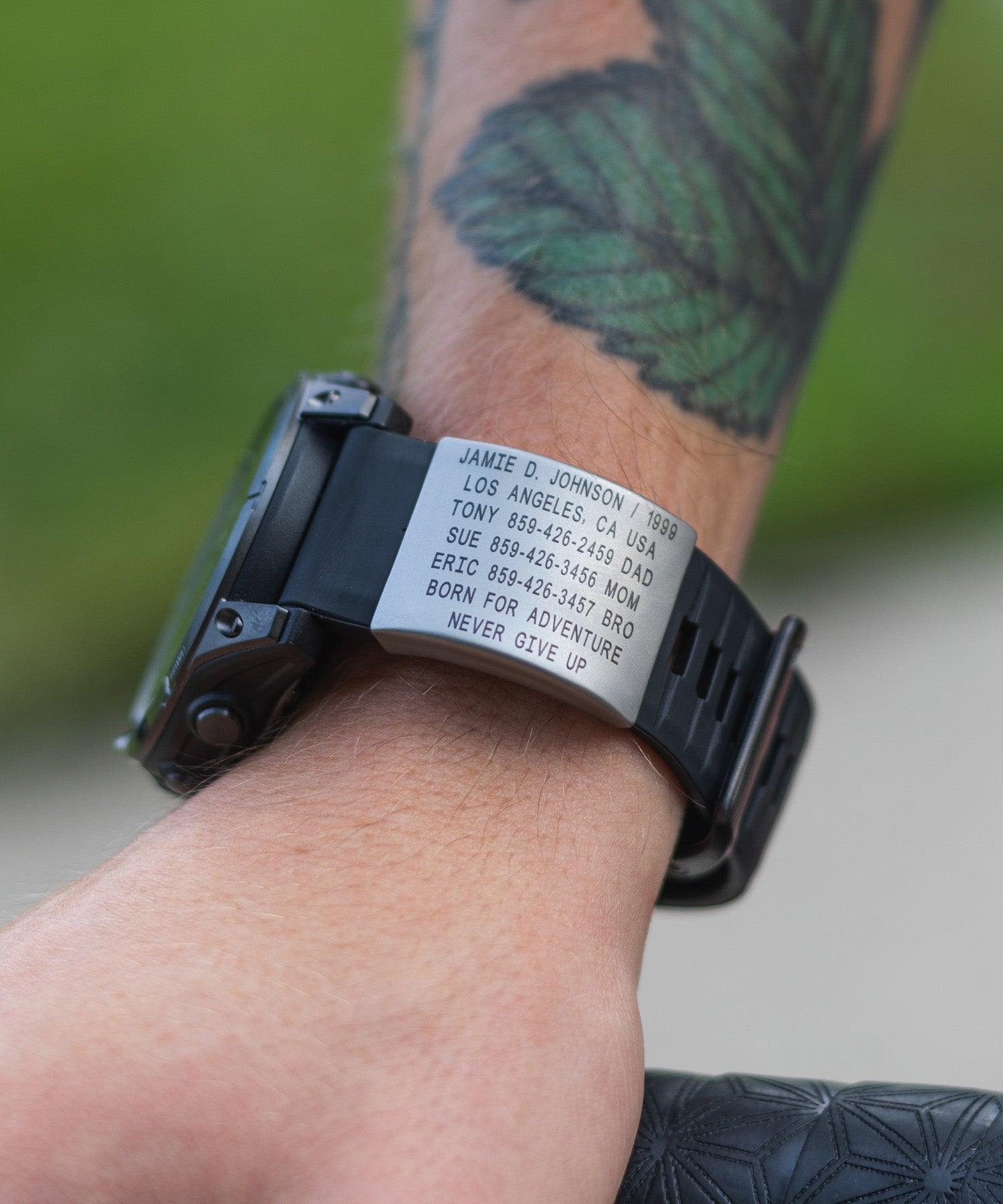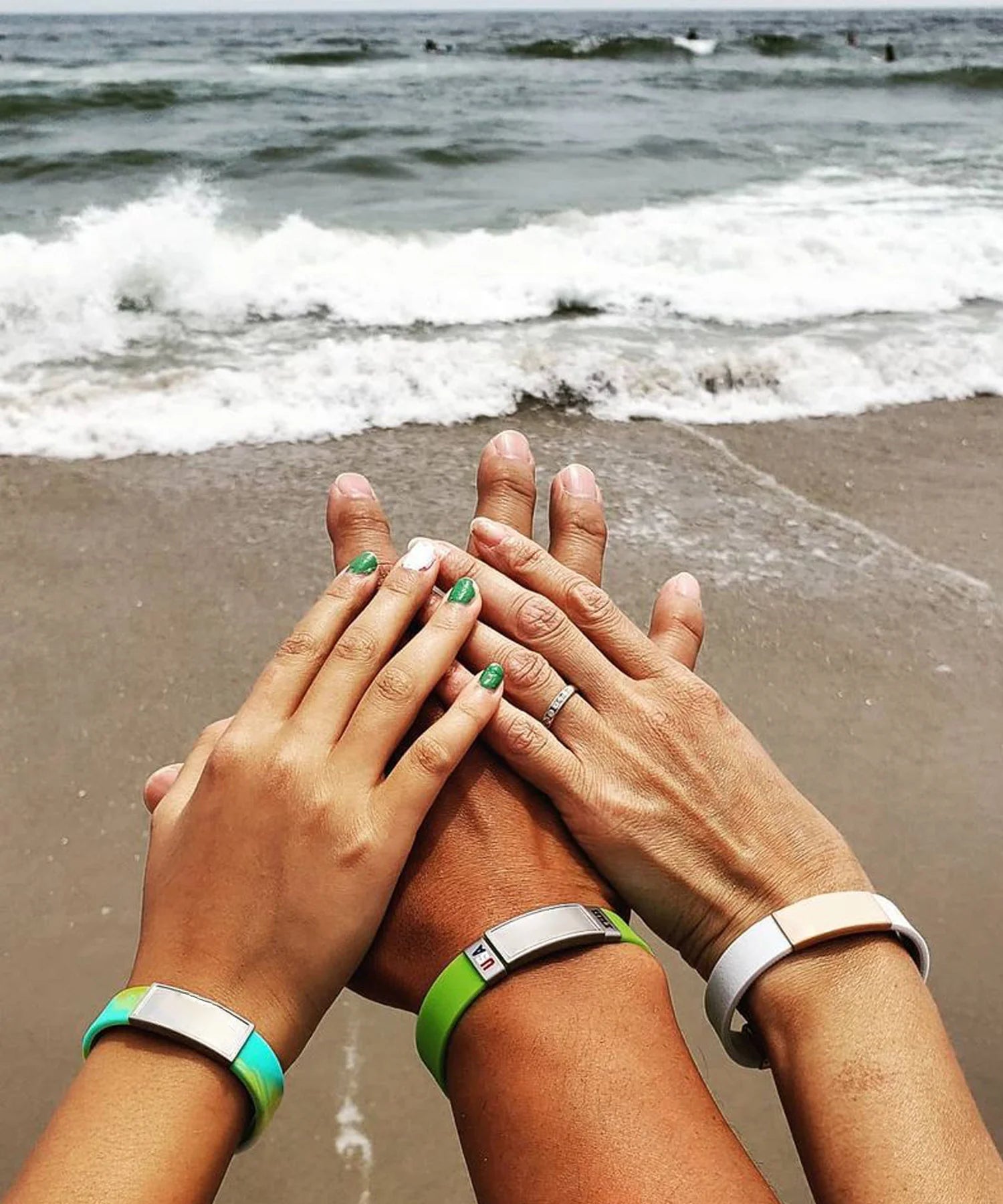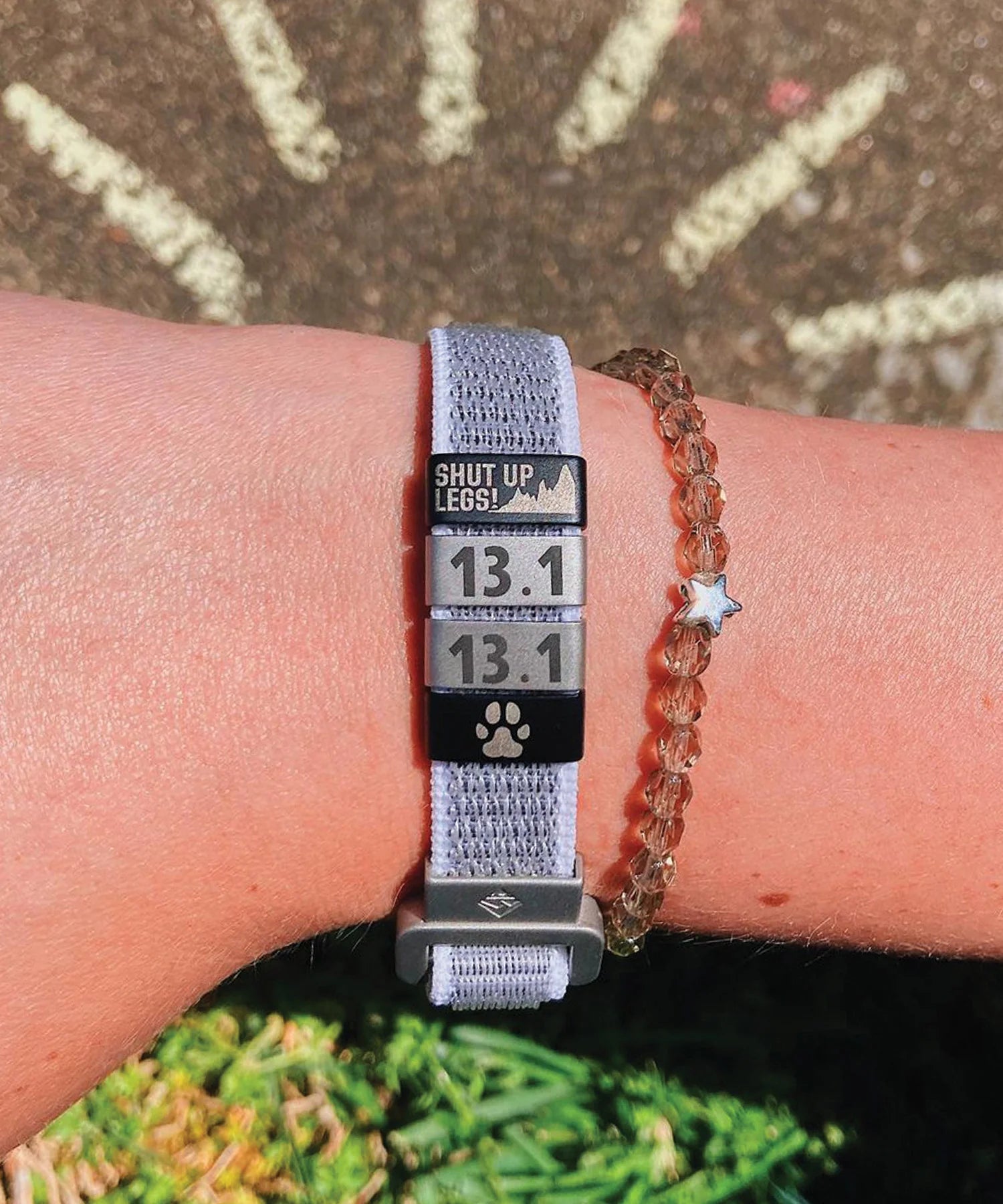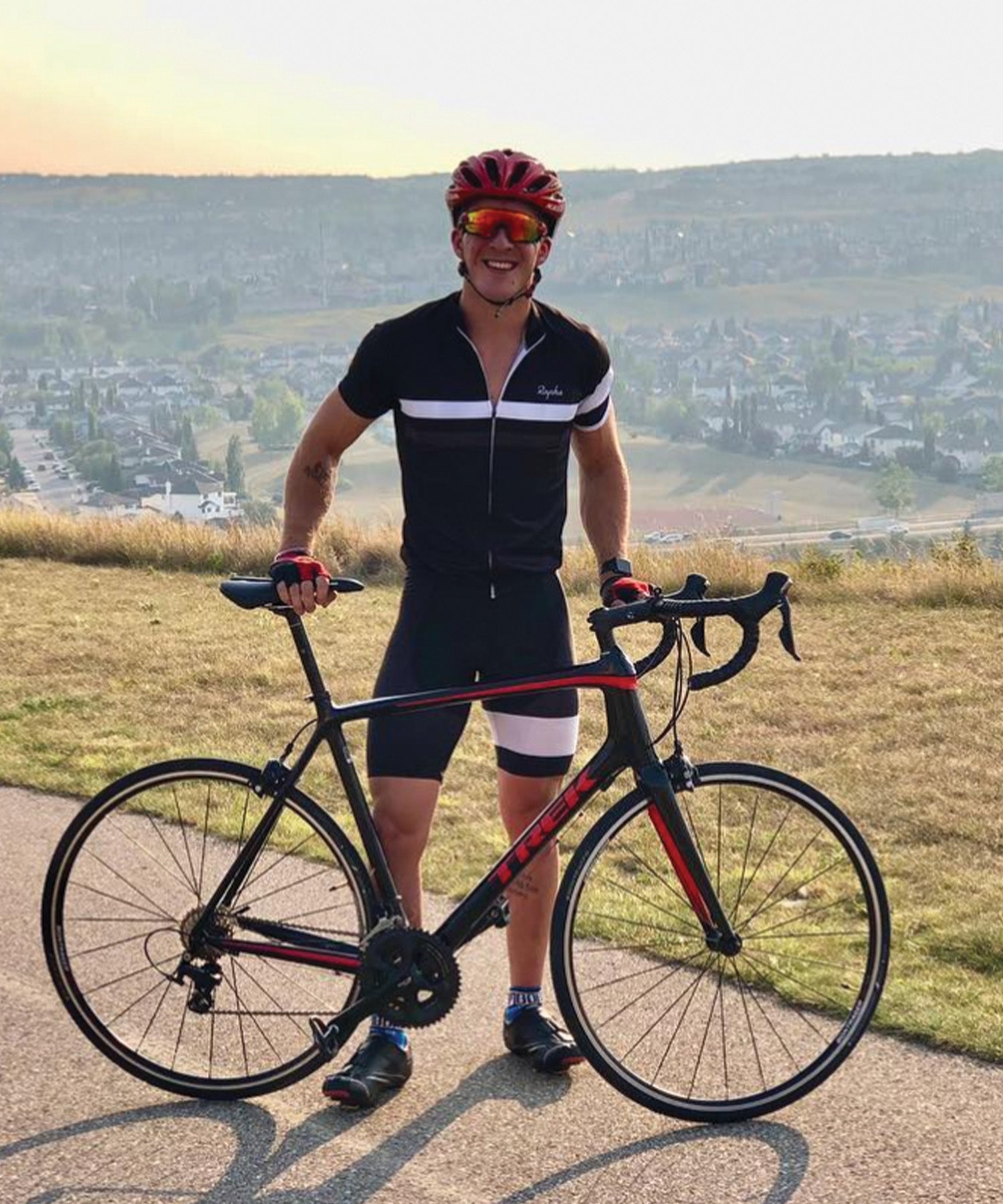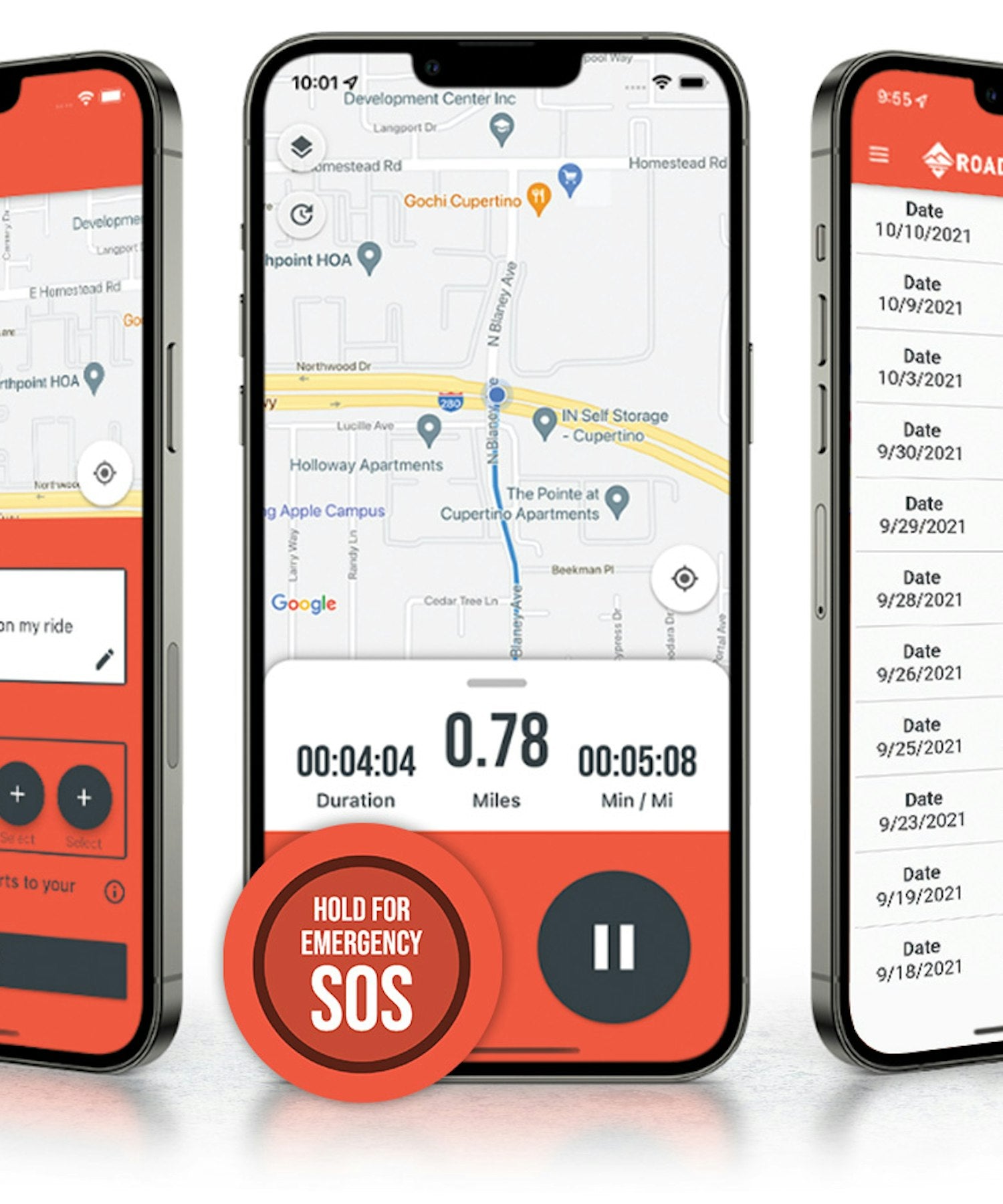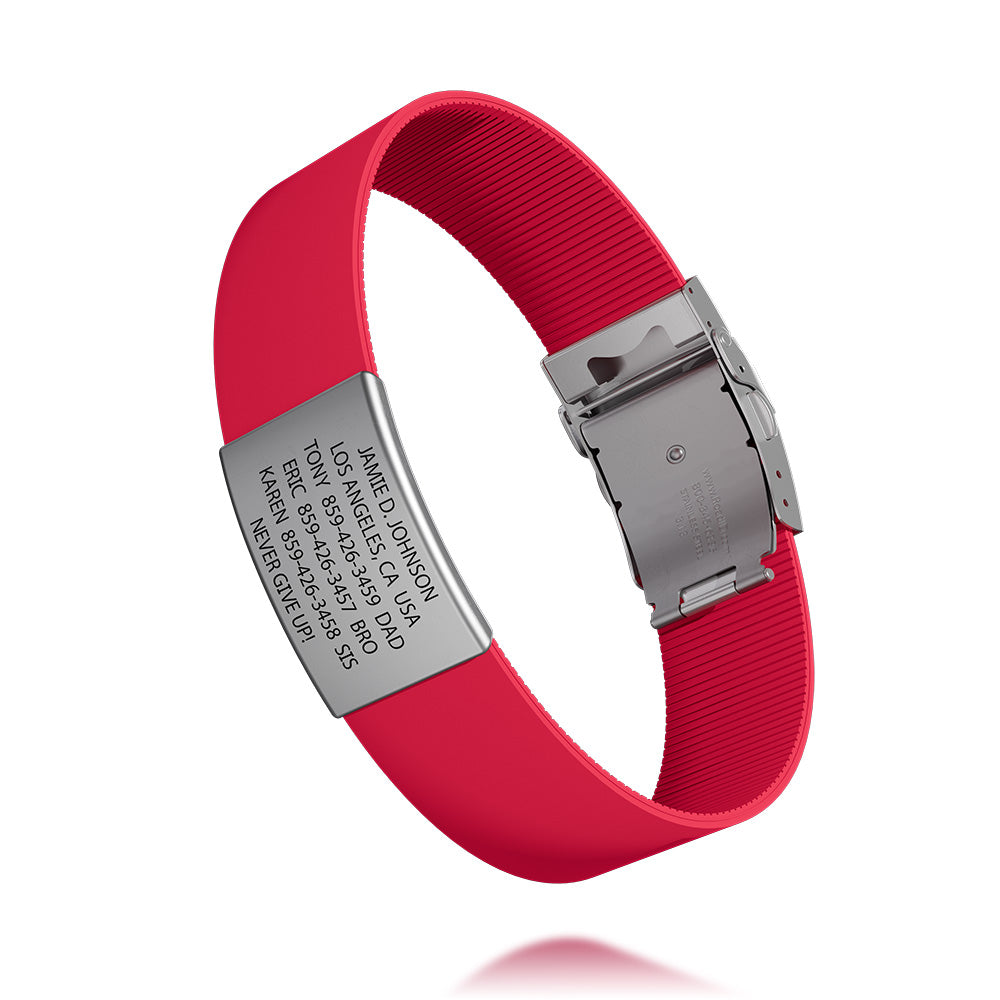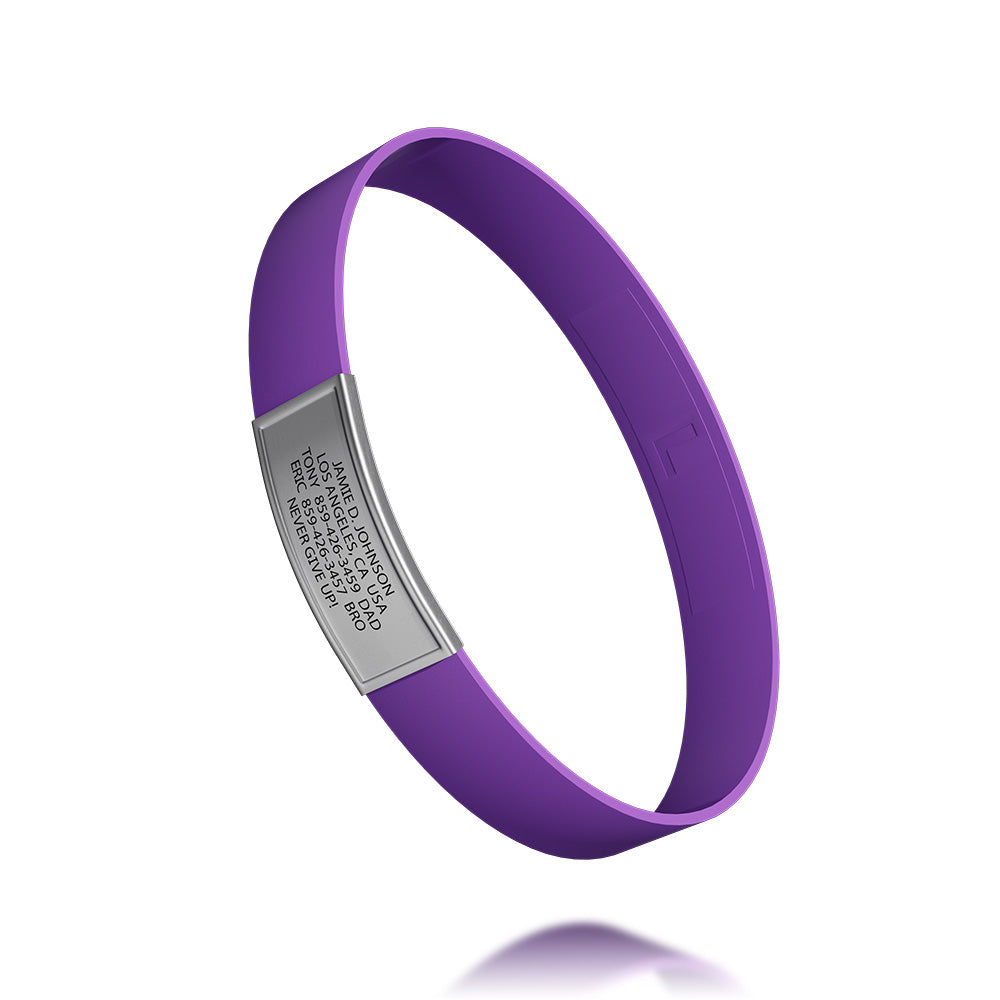
The great outdoors holds endless wonders for kids. That big world out there is where they can actively explore and let their boundless curiosity and energy take over.
The outdoors encourages kids to be kids as they reap the benefits of outdoor play and activities.
- Running, walking, jumping, biking, swimming, and other physical activities help build stronger bodies and immunity to certain diseases.
- Kids develop skills by interacting with other children and adults, solving problems, making decisions, strategizing, taking turns, and assuming leadership roles if need be. These can be opportunities for them to develop confidence, assertiveness, and empathy.
- Going on family trips with the intention of taking a break can be good for children and the whole family. Kids can experience academic burnout, and nature is a beautiful distraction from schoolwork and screens. Adults also need a weekend getaway every now and then to de-stress.
- Going to the beach, camping, and spending time exploring natural environments can mix fun and learning. It’s a challenge to navigate a new place with children, yet the familiarity of a place or activity is not a reason to let down your guard.
This family outdoor safety guide aims to help families with young children stay safe and healthy when going on outdoor adventures. It offers practical information and tips that parents or carers can refer to when assessing situations to prevent injuries and educate kids about safety.
Potential Risks Associated with Outdoor Activities
It’s natural for parents to worry about the health and safety of their kids when outside the home. Kids could get sick, injured, lost, or find themselves in risky situations. These fears are heightened by the fact that this could happen where help is limited.
Recognizing that things don’t always go according to plan can result in better and more careful planning for everyone’s well-being. Take a look at some common outdoor recreational activities and their potential safety risks:

- Uneven terrain, steep slope/cliffs
- Dehydration, hypothermia, fatigue, heat exhaustion
- Trips, sprains, cuts, blisters
- Contaminated water
- Insect bites and stings

- Bears, snakes, animals endemic to area
- Fire hazards
- Wild berries and plants
- Altitude sickness (high-altitude camping and hiking)

- Drowning
- Lighting, wiring, fencing, depth markers, warning signs, and pool-design-related hazards
- Dehydration, muscle cramps
- Diarrhea, skin rashes, and other swimming-related illnesses

- Sunburn
- Dehydration, fatigue
- Road conditions (e.g., potholes, rocks, wet roads)
- Cuts, scrapes, crashes

- Scrapes to serious injuries
- Irregular surfaces, vehicles
Consider these factors when assessing potential risks for outdoor activities:
- Weather conditions and disturbances
- Gear and equipment
- Protective gear
- Supervision
- Physical fitness or condition
- Level of skill and experience
- Age
Use those factors to determine whether an activity is safe for your kids. There should be a way for them to take risks without hurting themselves, particularly when you’re around to guide them.
Preventive Measures When Preparing for Outdoor Activities
With the risks mentioned in mind, preparation can be vital. Let's review some preventative measures you can take to keep your kids safe.
1. Research the Location and Activity
Whether you already have a nature park in mind or you are actively looking for one, the internet is the best place to conduct initial research. Find out how the park or parts of it looks from public posts online.
Moreover, find the official website of the nature park for the latest information. Ask about the weather, terrain, flora and fauna, and activities.
Is the park open the whole year? When is the best time to visit and why? How family- or kid-friendly are the hiking trails? Are there showers, potable water, etc., in the campgrounds?
If you can visit the place beforehand or get reviews from friends, that would be awesome.
2. Check Weather Conditions
Weather affects decisions and dictates what you can actually do in a place, how long you’ll stay, and whether you’ll even want to go there. The longer your adventure vacation is, the more important it is to be prepared for precipitation, temperature, and the area's microclimate.
Checking the weather days before the actual trip goes without saying. You can use this tool.
Plan with the weather and heed warnings for everyone’s safety. Staying home may be safer than being out in the open with limited options for a shelter in case of a thunderstorm.
Weather readiness is indeed part of your preparation for the outdoors. “When thunder roars, go indoors” is one tip to remember when there is lightning. You can refer to this explainer from the National Oceanic and Atmospheric Administration about flash floods, heat, avalanches, and other weather conditions.
3. Pack Appropriate Clothing and Gear
Bringing the right kind of clothes and gear for you and the kids makes a big difference in enjoyment and safety. Certain injuries can be prevented by a well-fitted helmet, and layering helps keep body temperature in check. It will also help if everyone is well-fed and physically able to play.
Below is a sample packing list for a summer family trip with camping, swimming, biking, or hiking:
Map, compass
Whistle
Clothes for swimming, hiking, etc.
Toiletries
Sunscreen
Inspect spray
Dry bag
Reusable water bottles
Flashlight and batteries, candles
Portable Chargers
Gear and equipment example:
Helmets
Hiking shoes
Eye protection
Rain gear
Life vests
The campsite may rent out tents, bikes, and other gear, which could save you a lot of space.
Pack according to the length, activities on the trip, and season.
4. Bring a First-Aid Kit and Emergency Supplies
No day trip or days-long vacation is complete without a first-aid kit. Its contents can include the following:
- Medicine for diarrhea, insect stings and bites, headaches, pain relievers
- EpiPen
- Medical supplies: gloves, face masks, adhesive bandages, gauze pads, wipes, splints, wound cleaning solution
- Hand sanitizer
Ensuring Child Safety during Outdoor Activities

Parents: This section includes friendly reminders for child safety outdoors.
Establish Clear Rules and Boundaries
“Stranger danger” warning can work, but it could deter children from getting help from certain people during emergencies and extraordinary situations. Uniformed police officers, first responders, and store clerks are among the people they can turn to for help.
Consider teaching your kids about identifying suspicious behavior from strangers. Use this list of tricks from the National Center for Missing & Exploited Children to sound out how they’ll respond to situations involving strangers and have them practice the right responses. Find additional outdoor safety tips and information on personal safety for children here.
Remind kids to always seek your permission before going anywhere with anyone. And if they have to go with anyone, it should be you or someone you’ve designated to watch over them.
Staying together is ideal when traveling. In case the young ones get lost in the crowd or separated from the group, put in place safety measures. A GPS tracker in their clothes lets you know their real-time location. Their medical ID bracelet also has contact information and alerts kind strangers about important medical information or medication in their bag.
Keep a Close Eye on Children at All Times: Remember SAFE
Supervision, together with age appropriateness, fall surfacing, and equipment maintenance, makes SAFE. This playground safety framework takes into account the interaction of those four elements in keeping playgrounds safe for children.
As the following tips for outdoor child safety show, being around your kids while they play is necessary. This supervision must be active, involving scanning the area for any potential causes of accidents and injuries, moving around, and listening to them.
Teach Children about Potential Hazards and How to Avoid Them
Protecting children outdoors means letting them know that certain things can happen. It’s not all sunshine, and one must be dressed warmly on rainy and cold days.
Be on the same page regarding rules that everyone, including the older members of the family, needs to follow for safety reasons. Let them understand why they can’t just swim alone, go boating without life jackets, or bike the whole day.
Using terms they’ll understand in explaining emergencies and threats is best. More importantly, help them acquire skills and knowledge on how to deal with those dangers.
Safety Tips for Different Outdoor Activities

With knowledge and experience, certain risks associated with the following activities can be prevented. These tips are primarily intended for children, so parents, read on and teach the following outdoor safety for kids.
Hiking and Camping Safety Tips
Walk, hike, and enjoy camping safely:
- “Leaves of three, let it be” references poison ivy. Be it a plant or anything unfamiliar that turns up in your path, leave it as it is.
- Avoid contact with wildlife. Don’t feed them.
- Apply sunscreen.
- Pack light when going on foot.
- Stretch and do warm-up exercises before hiking.
- Aim for a comfortable hiking pace. Take breaks.
- Set up a tent in a good spot.
- Include familiar bedding and toys for kids to help them sleep better.
- Store food safely and securely.
- Only build a campfire when it is allowed. Keep an eye on kids around the fire, and put it out with water before sleeping.
Swimming and Water Activity Safety Tips
Tread the waters carefully:
- Ensure that a lifeguard is present.
- Watch or have a water watcher near the kids at all times.
- Swim with a buddy—two children swimming together should still be supervised.
- Stay within reach of inexperienced swimmers. Tell kids not to swim too far out.
- Learn CPR.
- Supervision is still needed when using a swimming aid.
- Use water-resistant sunscreen with SPF and UVB, and UVA protection. Apply it about 30 minutes before swimming and reapply it.
- Wear life vests when boating.
- Wear water shoes to protect your feet against rocks or sharp things in ponds or lakes.
- Hydrate to avoid muscle cramping.
Biking and Skateboarding Safety Tips
Stay safe while riding a bike or skateboarding:
- A bicycle is not a toy. Follow road safety and traffic rules.
- Wear a properly fitted helmet, as well as knee pads and elbow pads.
- Ride in single file as a matter of safety and courtesy on trails.
- Do a pre-ride bike check, including lights.
- Invest in a quality skateboard suitable for your child. Supervision is recommended for children ages 6 to 10.
- Learn to fall and stop while skateboarding.
- Try not to bike at night or wear reflective clothing.
- Signal to other cyclists.
- Children may be allowed to ride their bicycles on the sidewalk instead of the street.
- Avoid skitching.
Skiing and Winter Activity Safety Tips
Play in the winter with care:
- Dress in layers to stay warm.
- Learn COLD to avoid hypothermia. Here’s an easy-to-remember version: C for cover, O for overexertion, L for layers, and D for dry.
- Wear high-visibility ski jackets and clothing.
- Wear a helmet and other protective gear.
- Apply sunscreen.
- Teach or have your children learn how to ski safely.
- Consider getting your kids flu-vaccinated.
- Maintain good hand hygiene.
- Stay hydrated.
- Supervise kids. Designate a place to meet should they be separated.
What to Do in Case of an Emergency

Stay calm. It’ll help you think about your next steps properly.
Have a Plan in Place
Create a response plan in case of a natural disaster or a medical emergency with these steps:
- Assess the risks and hazards.
- Learn or practice skills to help you handle the identified risks.
- Find potential areas for shelter or evacuation.
- Build a disaster emergency kit.
- Involve the kids in your plan.
Teach Children How to Call for Help
To get the right kind of help, kids must know how to describe the situation. Role-playing is one way of testing and practicing their preparedness in the face of emergencies.
You can practice making the call to 911 by preparing questions that dispatchers typically ask callers. This will give them an idea of how emergency services gets necessary information.
A child should know their home address for emergency situations. Let them know the circumstances when it’s safe to give out personal information.
Administer Basic First Aid
Taking first-aid classes is ideal, as you can also teach what you’ve learned to your kids. Teach them how to apply a splint, stop a bleed, and clean a wound. This training is also the perfect time to teach them how to use the medical supplies found in a first-aid kit.
You can minimize harm to an injured person by administering first aid correctly. In some cases, you may even save a life until medical personnel arrive at the scene.
Based on the Red Cross’s basic first aid steps, assess the situation first and ensure scene safety (e.g., you or the other person is safe). Also, check the person’s medical ID bracelet or necklace for their health conditions. Call 9-1-1 if the person is unresponsive, has a life-threatening condition, or if you need further instructions on what to do.
Contact Emergency Services If Necessary
Calling emergency services is critical when someone’s condition is life-threatening, or you doubt your assessment of the situation. Call so you can be routed to the most appropriate personnel for your concern.
Lastly, 9-1-1 calls are not to be made for fun. Tell your kids about this too.
Going Out and Enjoying Outdoor Activities with Kids

Let’s recap and keep these pointers in mind before you go:
- Engage in activities that are practicable for everyone in the family. Stretching before hiking also helps.
- Check the weather of your intended destination. Have backup activities to make the most of your time and stave boredom.
- Know the location. Stop by the visitor center to get more information, a map, and some child-friendly outdoor safety tips.
- Know your limits and that of your plans. Design your itinerary for the youngest in the family.
Enjoy outdoor activities while staying safe.
Instead of fostering the notion of nature as a scary place, show kids that being knowledgeable and prepared is better and helps them stay safe. As they get more exposed to the natural world and interact with it, children will learn how to navigate it along the way.
Parents can actively show safe and healthy practices when traveling with kids and doing activities with them. It can be as simple as hydrating and sticking to the buddy system to the substantial, like being aware of their surroundings and knowing how to respond to a situation.
Parents are ultimately responsible for their kids. Equipping them with safety skills as early as their age and understanding permit is part of it. That way, they can protect themselves and stay safe while they play and enjoy the great outdoors.
References:
- Camping with Kids - Camping (U.S. National Park Service). (n.d.-b). https://www.nps.gov/subjects/camping/camping-with-kids.htm
- Guterman, T. (n.d.). Hiking and backpacking: safety considerations. https://www.efdeportes.com/efd152/hiking-and-backpacking-safety-considerations.htm
- L. (n.d.). Outdoor Safety Tips. https://www.fs.usda.gov/recreation/safety/safety.shtml
- National Geographic Guide to State Parks of the United States. (2011).
- Poisonous and Non-poisonous Plants. (n.d.). https://www.poison.org/articles/plant
- Swimming Safety. (n.d.). Swim Safe | American Red Cross. https://www.redcross.org/get-help/how-to-prepare-for-emergencies/types-of-emergencies/water-safety/swim-safety.html



